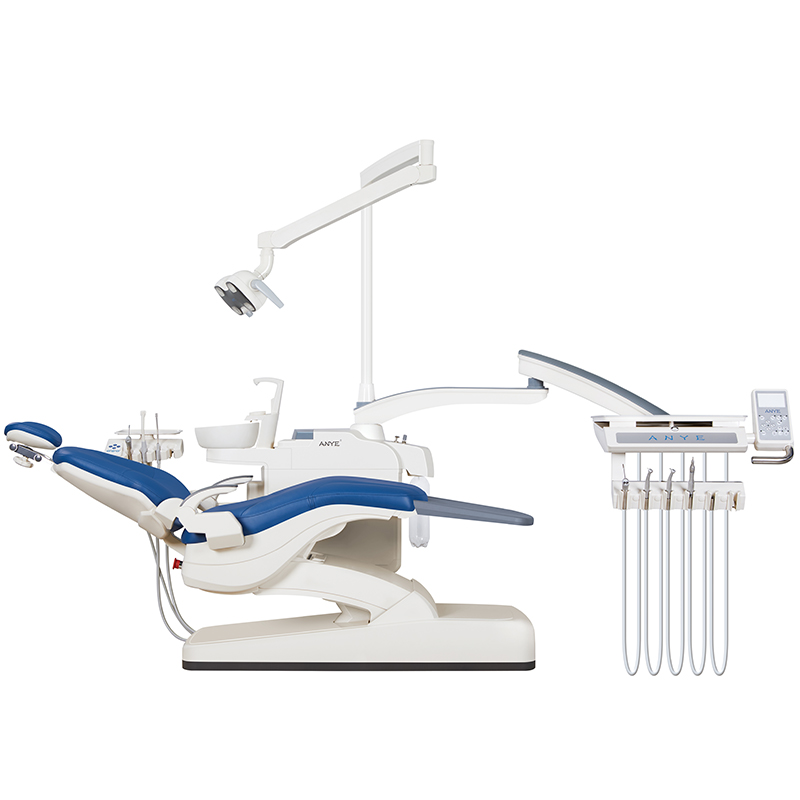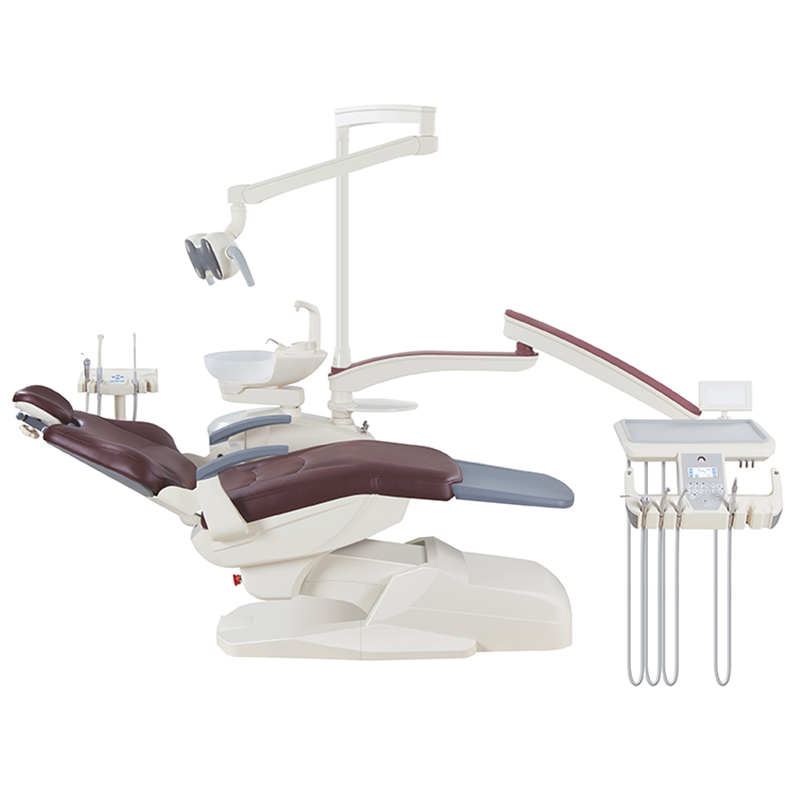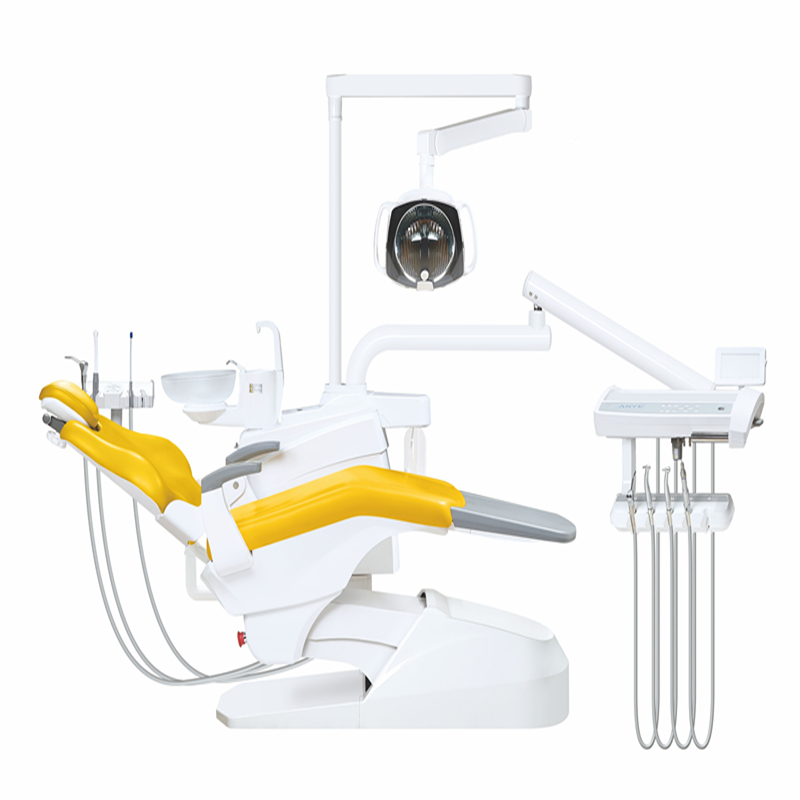How Do You Maintain A Dental Chair?
Maintaining a dental chair is crucial for ensuring the safety of patients, the efficiency of dental procedures, and the longevity of the equipment. This guide provides comprehensive instructions on the daily, weekly, monthly, and annual maintenance tasks required to keep a dental chair in top shape.
Daily Maintenance
Pre-Clinic Check-Up
Power and Instrument Check:Turn on the power switch and check the dental chair and instrument tray for proper functionality. Address any issues immediately.
Water and Gas Pressure: Open the main water and gas switches and ensure the pressure values meet operational requirements. Adjust as necessary.
Condensate Drainage: Open the water and gas separator to drain any condensate from the gas supply pipeline.
Cleaning and Disinfection
Surface Cleaning:Use a mild detergent and warm water to clean the chair’s upholstery and surfaces. Avoid abrasive cleaners that can damage the chair.
Barrier Technique: Apply disposable barriers to surfaces that come into contact with patients and change them between each patient.
Handpiece Maintenance: Flush handpiece tubing with fresh water at the beginning and end of each day to prevent biofilm buildup. Sterilize handpieces after each use.
Suction System Maintenance
After Each Patient:Draw clear water through each valve, opening and closing it several times to clear the hoses.
End of Day: Use a vacuum system sanitizing solution to clean the suction system thoroughly.
Weekly Maintenance
System Flush: Perform a system flush with a disinfectant solution, allowing it to sit for 10-20 minutes before flushing again with clean water.
Spittoon and Sewer Pipe Cleaning: Clean the spittoon and its sewer pipe to prevent germ buildup.
Lubrication: Lubricate the mechanical parts of the chair, including the transmission components and the piston rod of the gas spring.
Monthly Maintenance
Filter and Trap Replacement:Change the traps on the delivery units and replace O-rings and gaskets on handpiece couplers.
Water Line Treatment: Conduct a shock treatment on the water lines using a water-chlorine solution to maintain water quality.
Autoclave Maintenance: Drain the autoclave’s water reservoir and use a manufacturer-specified cleaner to prevent bacterial growth.
Annual Maintenance
Professional Inspection:Schedule a professional maintenance service to inspect and calibrate the dental chair and other equipment.
X-Ray Equipment Calibration: Ensure that all X-ray equipment is calibrated and functioning correctly.
Upholstery Check: Inspect the chair’s upholstery for wear and tear and replace it if necessary.
Special Considerations
Disinfection and Sterilization
Use chemical disinfectants as necessary, but ensure that all cleaning agents are thoroughly rinsed out to prevent residue buildup.
Sterilize instruments using an autoclave to prevent cross-contamination between patients.
Storage and Handling
Store equipment in a climate-controlled environment to prevent damage from temperature fluctuations.
Handle all instruments and equipment with care to avoid unnecessary wear and tear.
Routine Inspections
Inspect O-rings, seals, and vacuum valves regularly to ensure they are in good condition.
Replace amalgam separators and other components as needed to maintain functionality.
Conclusion
Proper maintenance of a dental chair involves a combination of daily, weekly, monthly, and annual tasks.By following these guidelines, dental practices can ensure the safety of their patients, the efficiency of their procedures, and the longevity of their equipment. Regular maintenance not only enhances the lifespan of the dental chair but also improves the overall quality of patient care.




Leave a comment